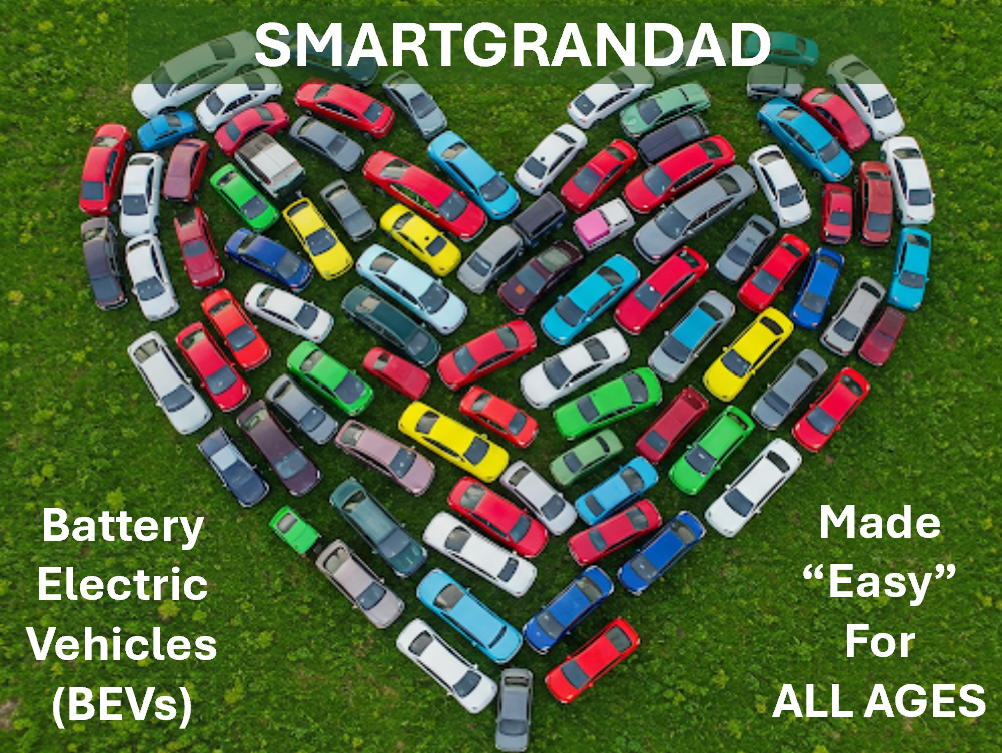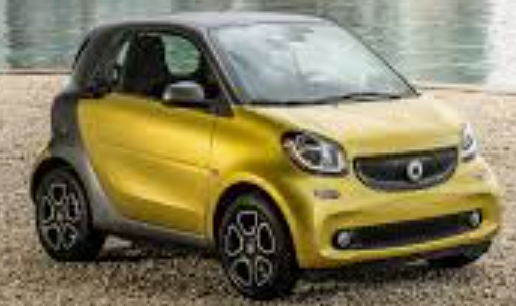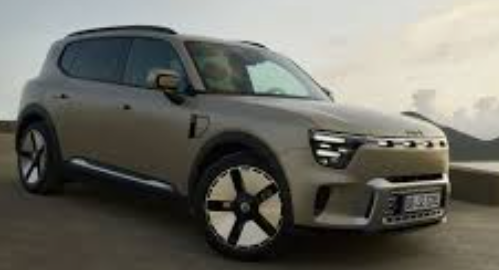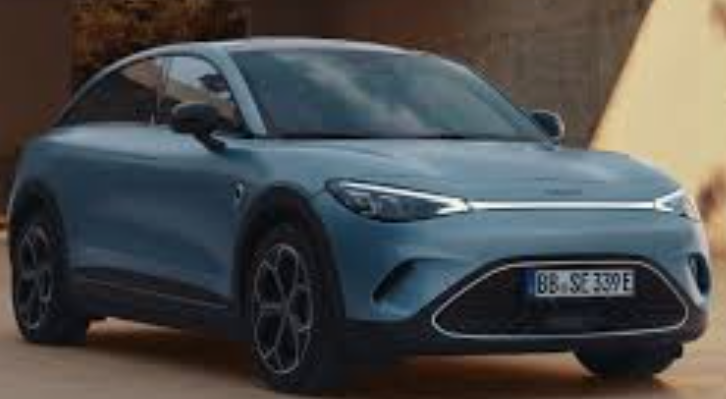Smart #1
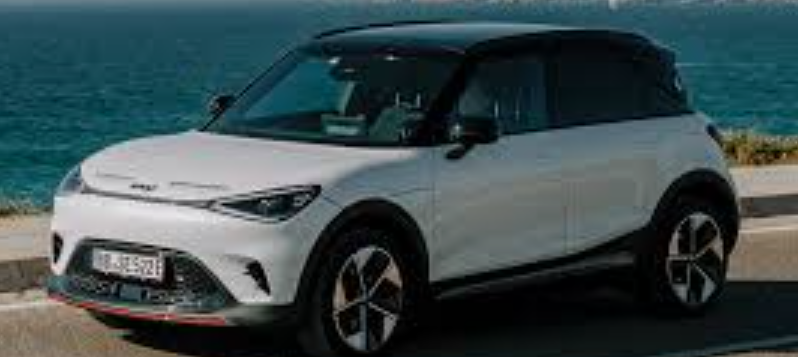
1. Body Style and Size Segment
The Smart #1 is a compact SUV (B-segment/C-segment crossover) designed for urban and suburban environments. It measures approximately 4,270-4,300 mm in length, 1,822 mm in width, and 1,636 mm in height, with a wheelbase of 2,750 mm.
2. Platform Architecture, Voltage, Range & Efficiency
Built on Geely’s SEA (Sustainable Experience Architecture) platform, the Smart #1 operates on a 400V electrical architecture. It offers battery options including a 47 kWh LFP (Pure) and 62 kWh NCM (Pro+, Premium, Brabus) usable capacities. WLTP range varies from around 310 km (Pure) to 440 km (Premium). DC fast charging can reach up to 150 kW, allowing a 10-80% charge in under 30 minutes.
3. Technical Capabilities
The Smart #1 is equipped with a suite of advanced driver assistance systems (ADAS), including adaptive cruise control with stop & go, lane-keeping assist, blind-spot detection, and intelligent speed assist. Higher trims also offer a 360-degree camera and an automated parking system. Its infotainment runs on a Qualcomm Snapdragon 8155 chip with a 12.8-inch central touchscreen.
4. Interior Quality and Storage Capacity
The interior features a minimalist design with high-quality materials, often incorporating soft-touch surfaces and ambient lighting. Passenger space is generous for its segment. Boot capacity is around 313-323 liters (Pure/Pro+) to 421 liters (Premium/Brabus) with the rear seats up, expanding when folded. A small 15-liter “frunk” is available for storing charging cables.
5. App Functionality
The Smart #1’s companion app provides remote access to vehicle functions like climate control, charging status, and location tracking. It also enables over-the-air (OTA) software updates, allowing for continuous improvements and new feature additions without dealer visits.
6. 3 Pros and 3 Cons
Pros:
- Stylish, distinctive design and quality interior materials.
- Spacious cabin for its compact size.
- Good performance, especially the Brabus variant.
Cons:
- Boot space is average compared to some rivals.
- Infotainment system can be overly complex with many functions integrated into the screen.
- Safety system alerts can be intrusive for some drivers.
7. Overall Summary
The 2025 Smart #1 effectively transforms the brand into a compelling EV offering. It competes against vehicles like the Volvo EX30, BYD Atto 3, and MG ZS EV, distinguishing itself with a more premium feel, eye-catching design, and a strong suite of technology for its segment. While its infotainment interface might require some adjustment, its overall package of comfort, performance, and features makes it a strong contender in the compact electric SUV market.
Real world range estimates
The table below shows some estimated real-world examples in perfect condition and in conditions needing A/C to heat or cool vehicles. See our range guide to see how the range is affected in real world. )
| Range | Consumption | |
|---|---|---|
| 120kmh/75mph perfect condition | 238 km / 148 mi | 26 kWh/100km / 2.4 mi/kWh |
| 120kmh/75mph with 2KW heating | 224 km / 139 mi | 27.7 kWh/100km / 2.2 mi/kWh |
